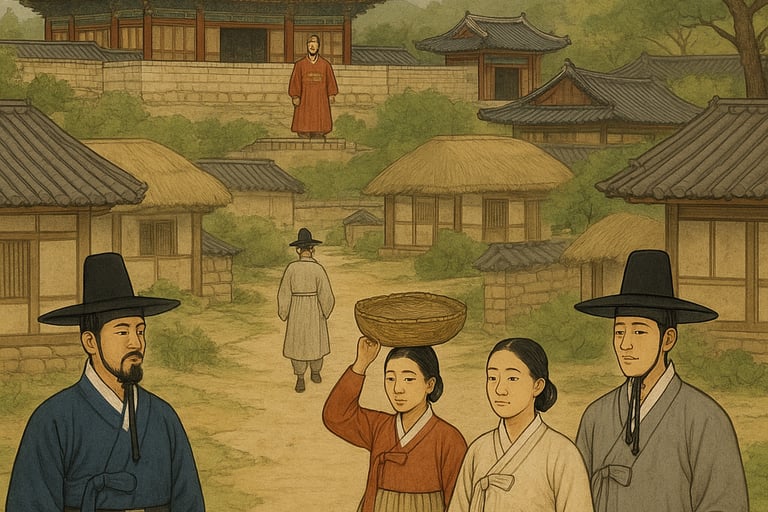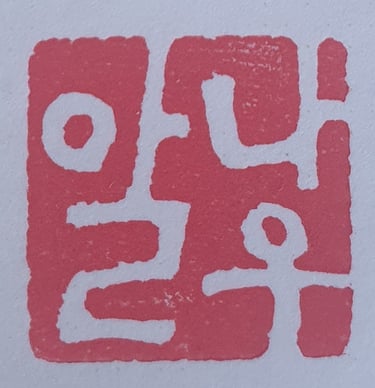Joseon: the dynasty that shaped Korea
In 1392, after years of turmoil, a general named Yi Seong-gye seized power and established the Joseon Dynasty. This new kingdom, which lasted for over 500 years, profoundly transformed Korea both politically and culturally.
A confucian kingdom
Unlike Goryeo, where Buddhism was dominant, Joseon adopted Confucianism as the state ideology. This shift deeply influenced Korean society, emphasizing family values, education, and social hierarchy. One of Joseon’s most famous rulers, King Sejong (r. 1418–1450), promoted scientific advancements, administrative reforms, and most notably, created the hangeul alphabet to make literacy accessible to the common people.
Prosperity and challenges
Joseon experienced periods of great prosperity, especially under kings like Sejong and Yeongjo. The kingdom had a well-structured administration and became an agricultural and intellectual powerhouse. However, its history was also marked by invasions, including the Japanese invasions of 1592 (led by Toyotomi Hideyoshi) and the Manchu invasions in the 17th century.
A kingdom under pressure
By the 19th century, Joseon had closed itself off from the outside world, earning the nickname "The Hermit Kingdom." However, this isolation could not prevent increasing foreign interference, especially from Japan, which annexed Korea in 1910, ending over five centuries of Joseon rule.
Even after its fall, Joseon’s influence remains deeply embedded in Korean culture. Confucian values, the hangeul alphabet, architectural landmarks like Gyeongbokgung Palace, and many traditional customs all trace their origins back to this dynasty that shaped Korea as we know it today.
The Joseon era



